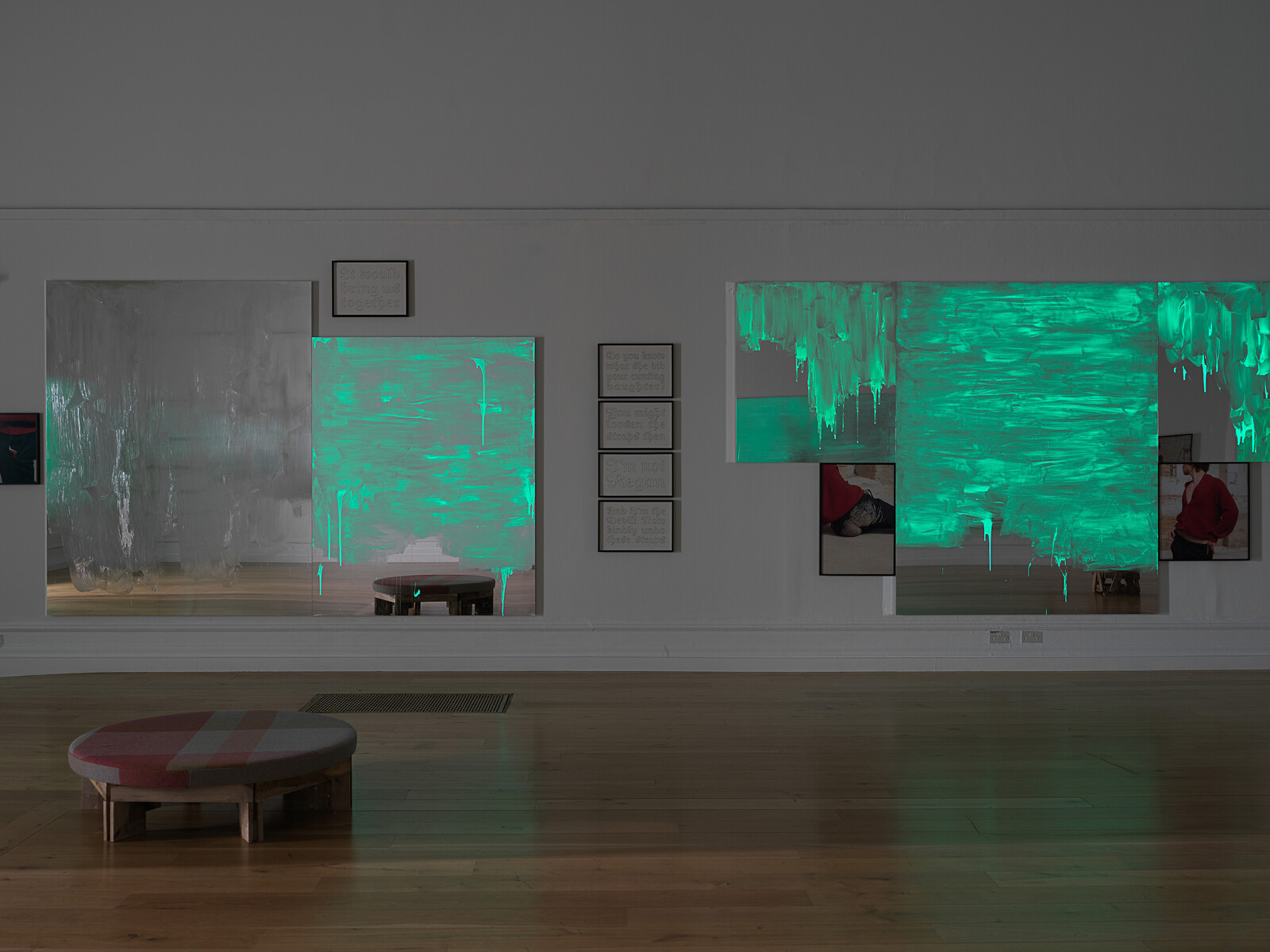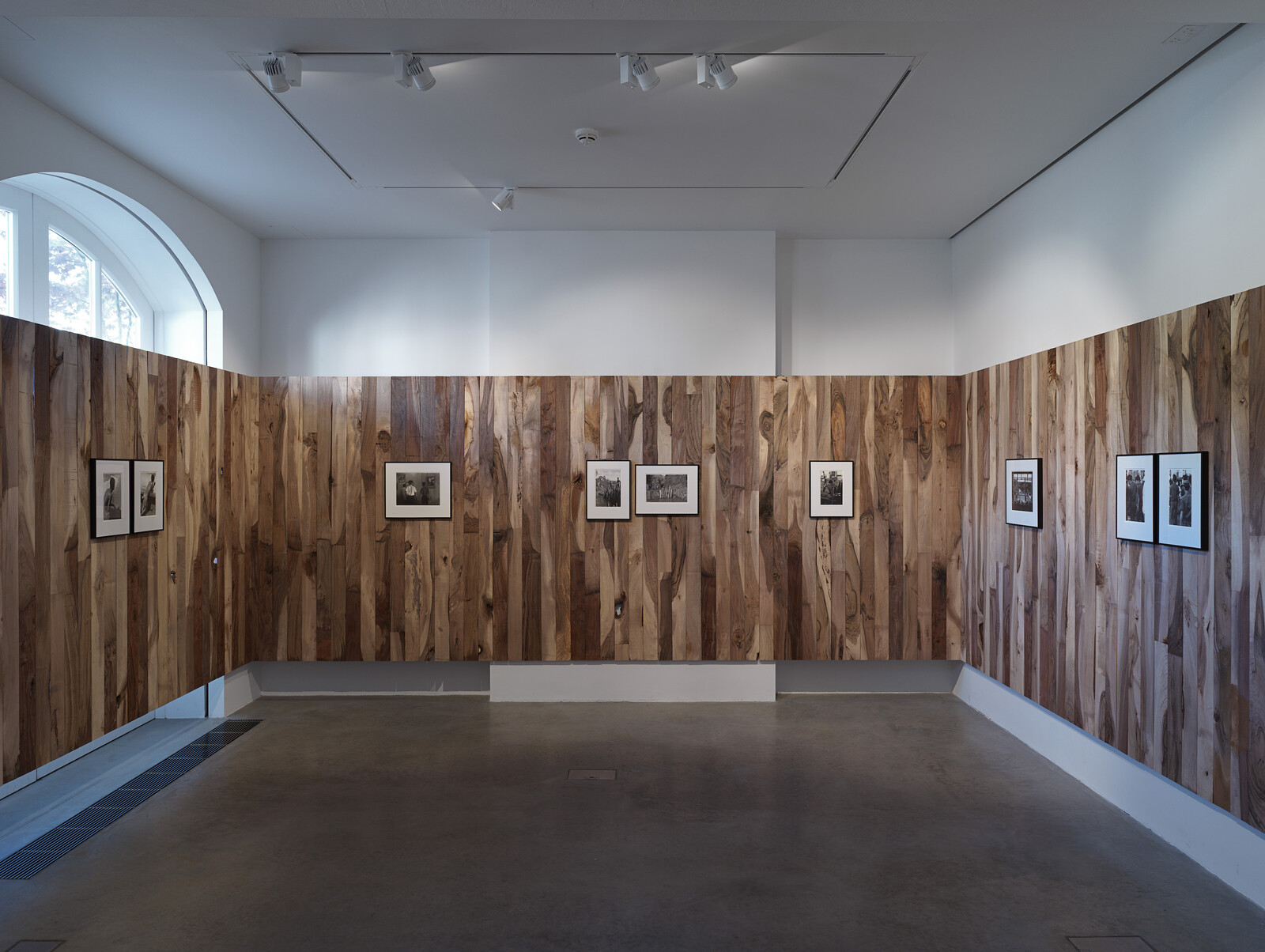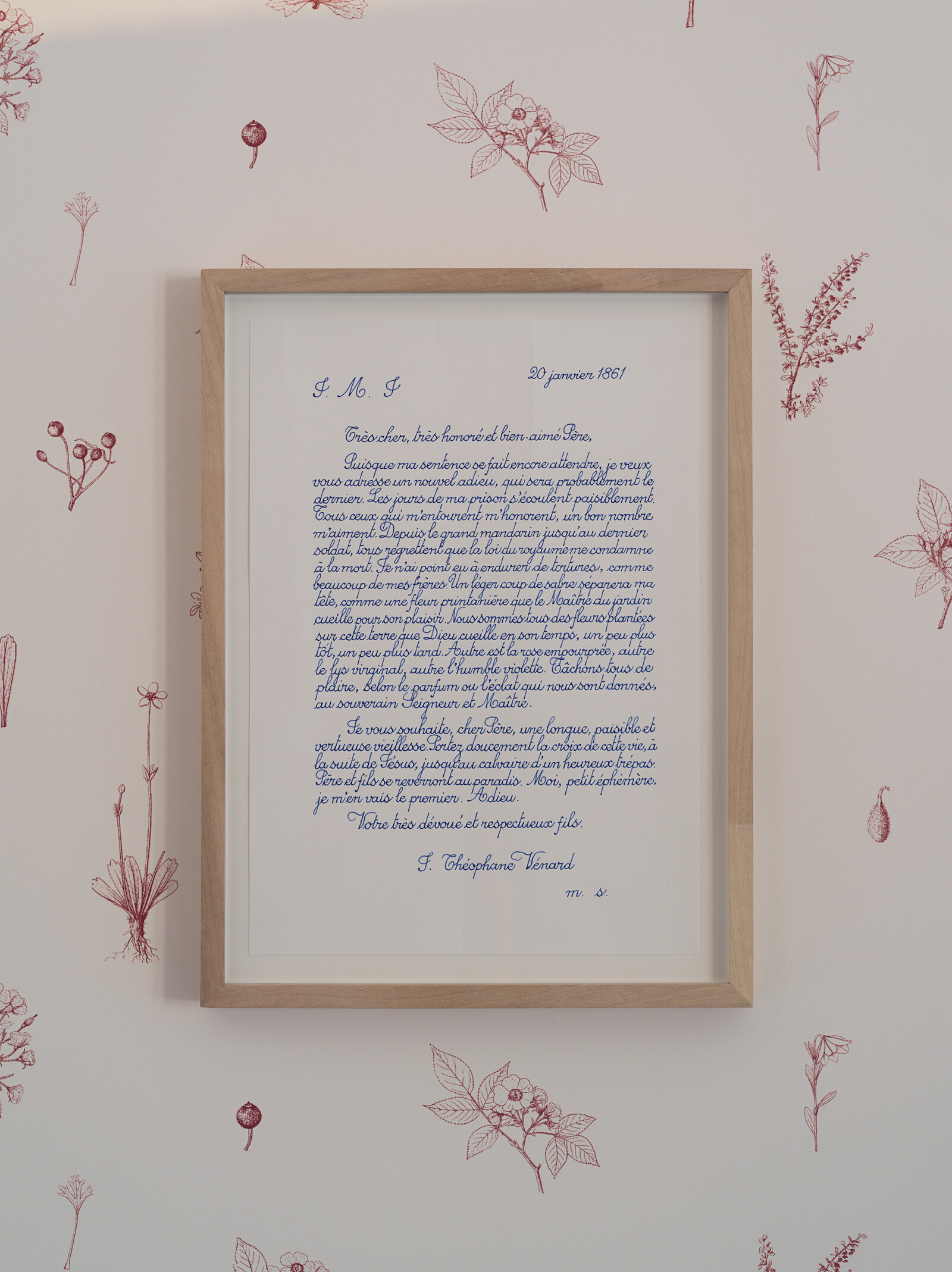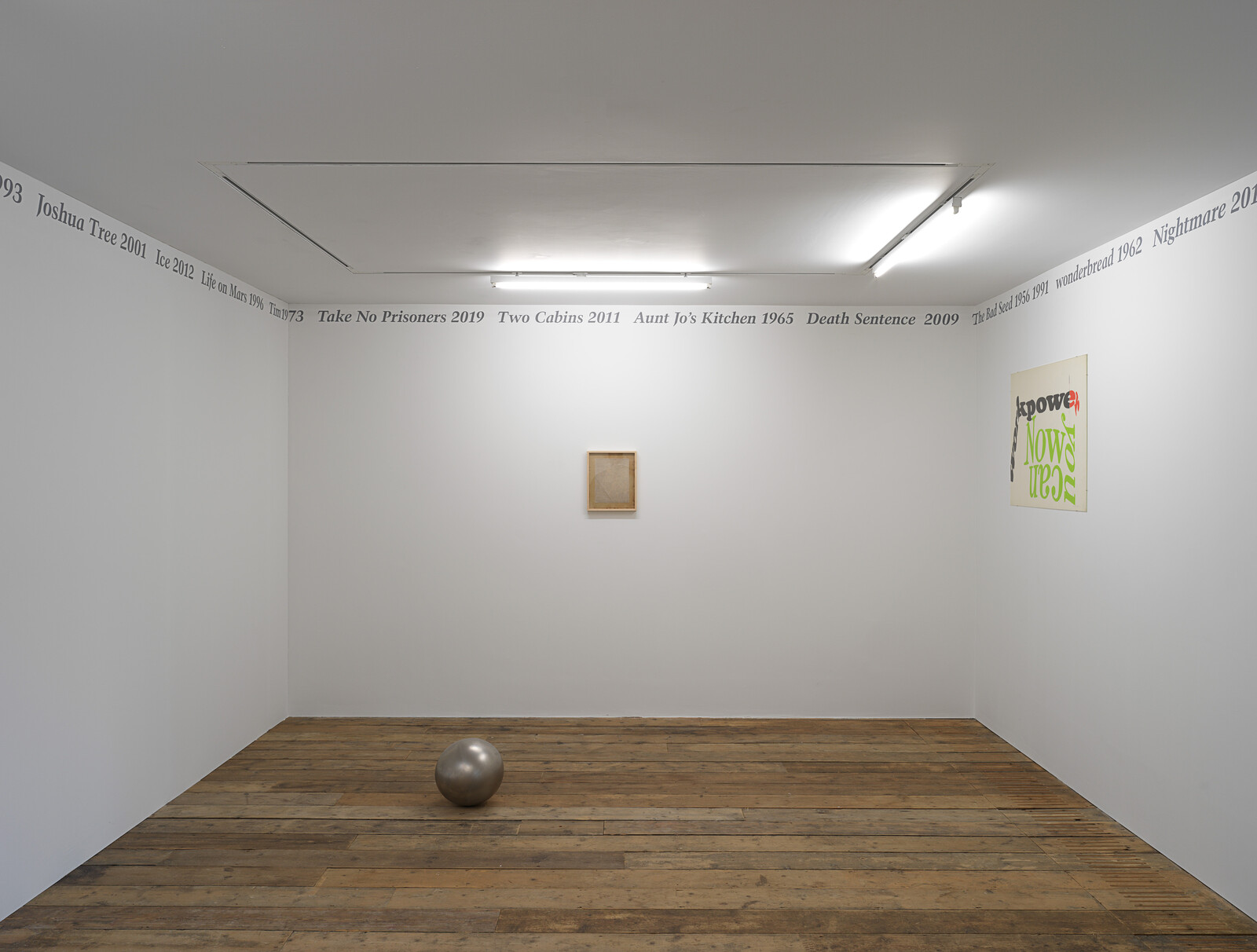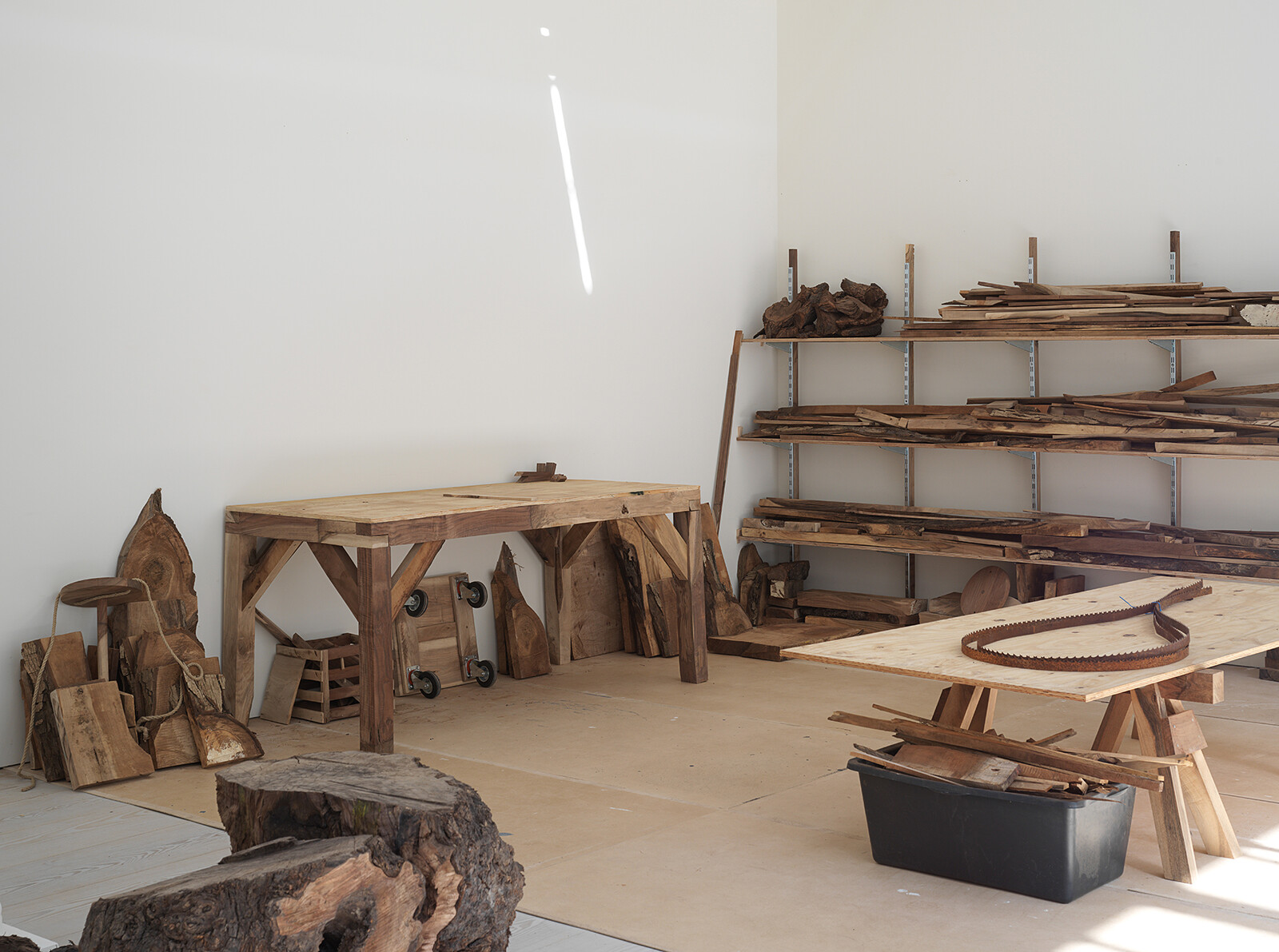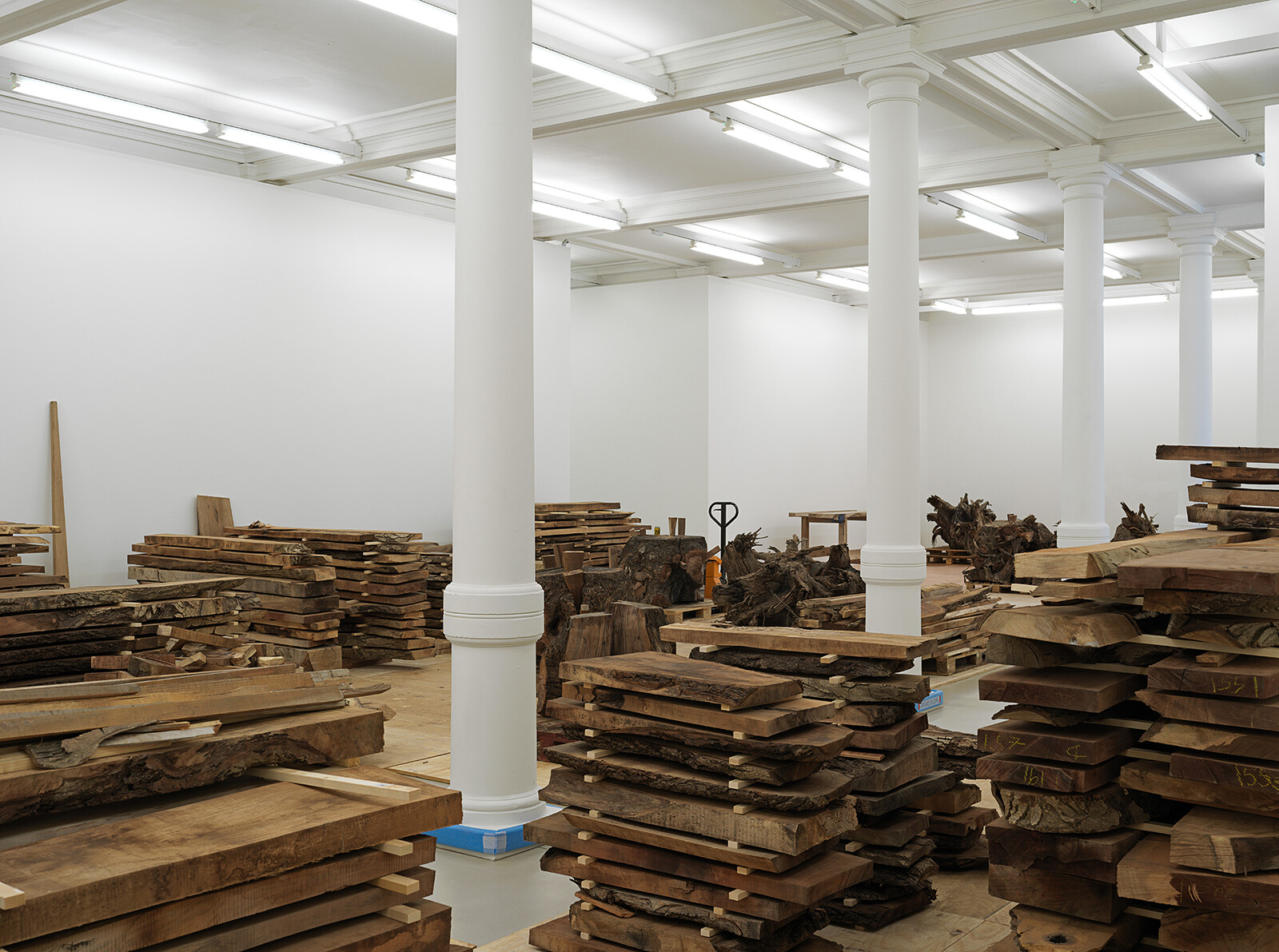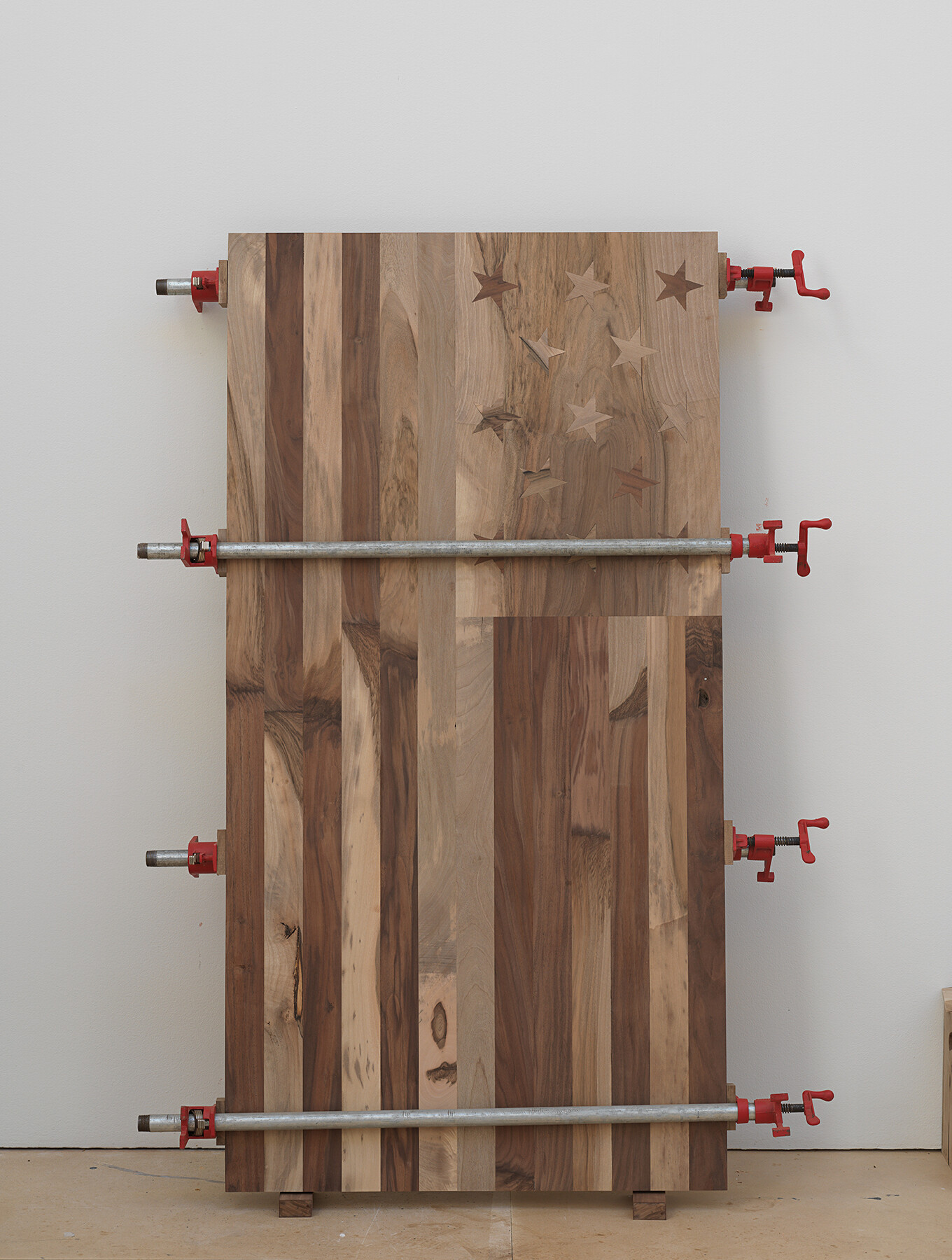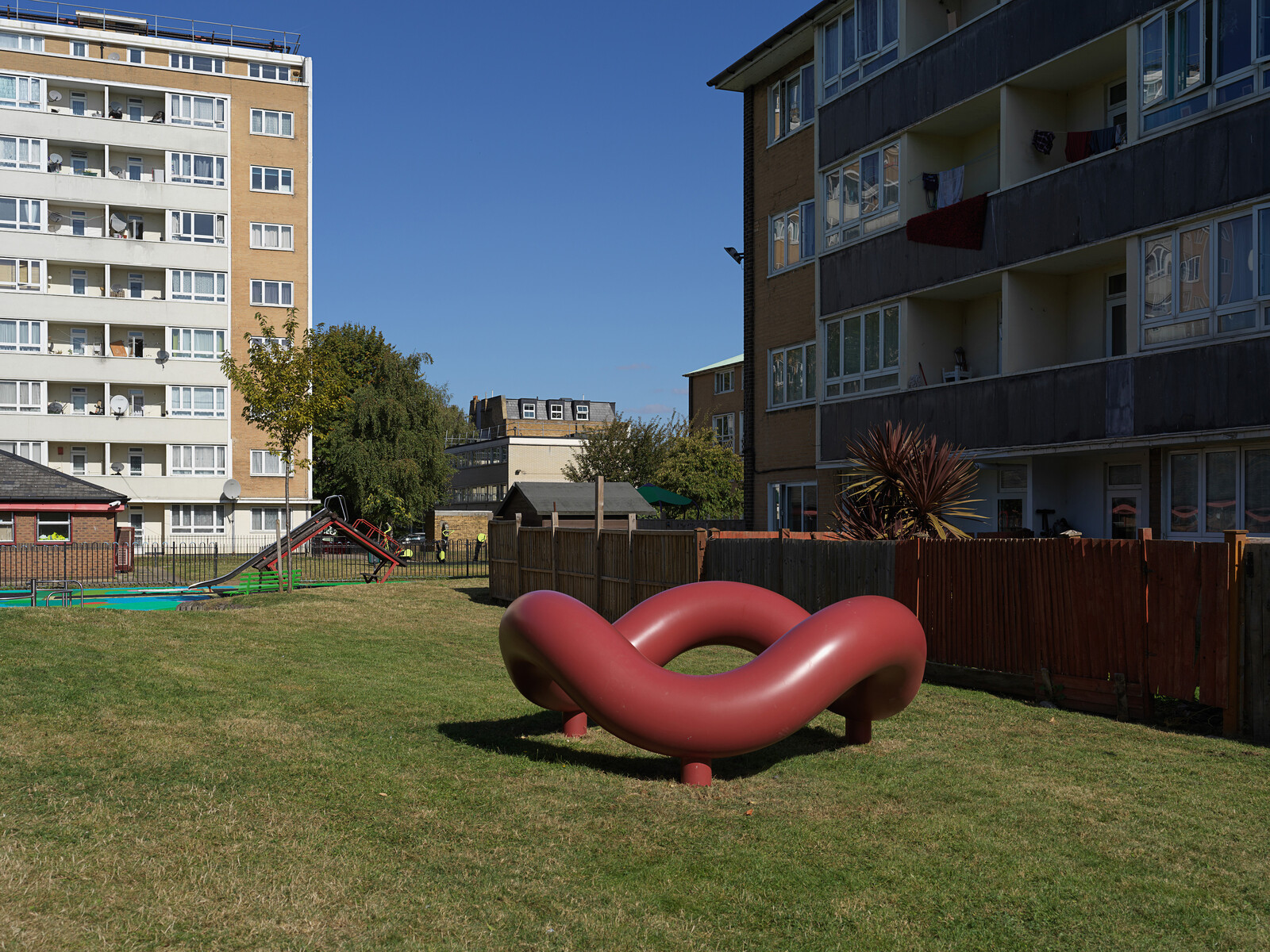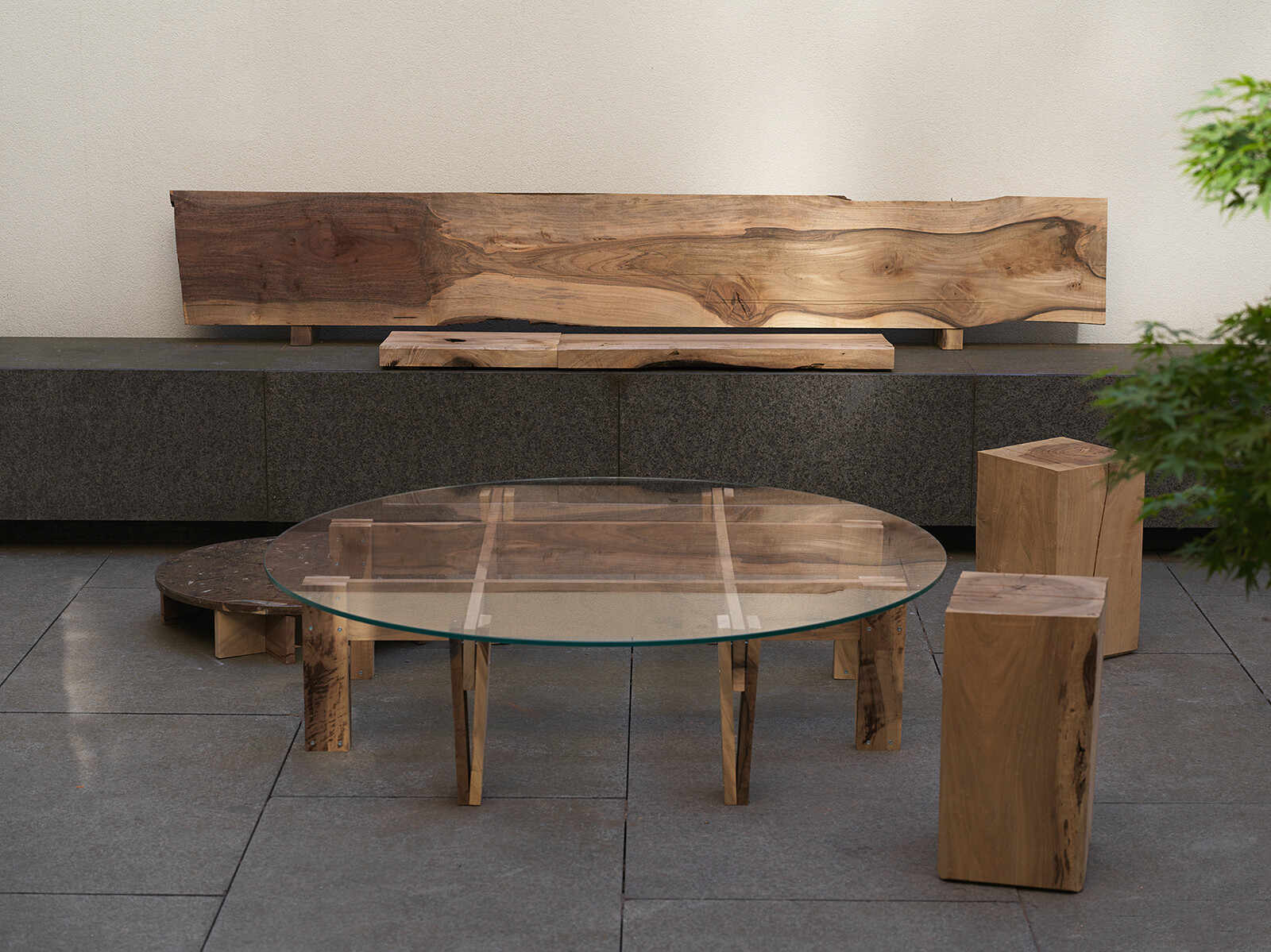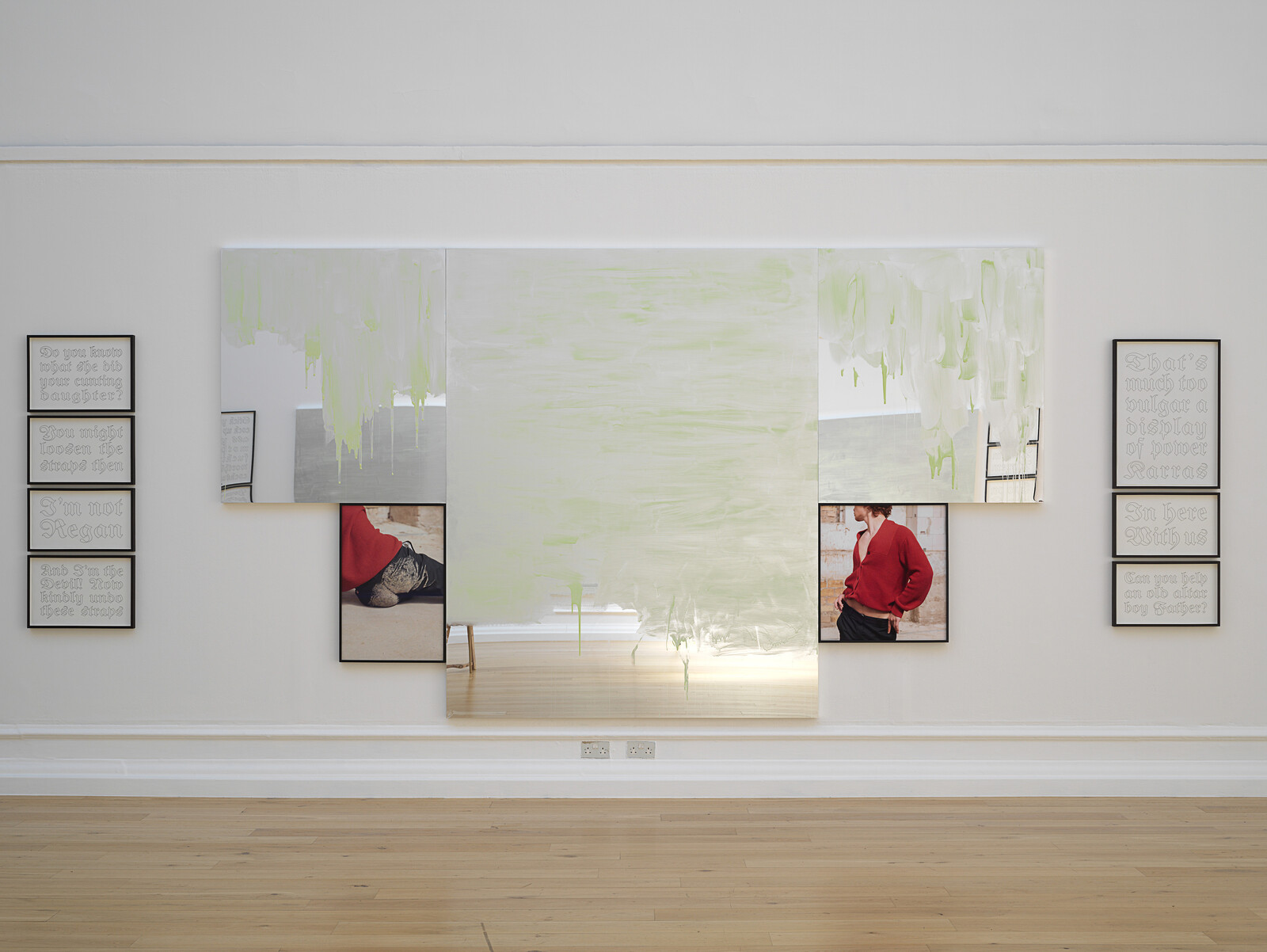We create our own artworks. Regardless of their maker or mark, we push ourselves through the objects and images that deign to confront us and, as such, shape ourselves and our newfound companions into something other than we were before. It could be said that when we interact with art objects, we actively collaborate with another, with one another, which is a pleasant way of narrativizing our lowly passage through life: we work alongside the many things of the world so as to generate meaning.
This notion of incorporeal co-existence would suggest that the self is an entity less fixed and singular than it is multivalent, multiplicitous, more. The memory of Édouard Glissant floats, preaching the oft-quoted pledge “not to be a single being”; Antonio Gramsci, cited prominently in Edward Said’s Orientalism (1978), writes of “‘knowing thyself’ as a product of the historical process to date, which has deposited in you an infinity of traces.”1 Self as infinity. Infinity as self.
Vietnam-born Danish artist Danh Vo speaks in similar tones: “I don’t really believe in my own story, not as a singular thing anyway. […] I see myself, like any other person, as a container.”2 But are we containers or conduits? Do we stockpile that which we amass, sealing its lid and moving it aside, or do we endlessly pass ourselves through it, informing our existence via its own and, in doing so, allowing its essence to remain in circulation?
Vo’s solo exhibition at South London Gallery is a paean to such ontological symbiosis and, appropriately, is no solo exhibition at all. Of the works included in “untitled,” which occupies the institution’s two spaces, few are credited to the artist alone: Photographic portraits by Vo’s partner, Heinz Peter Knes; calligraphy by his father, Phung Vo; large-scale mirror paintings by Vo’s former teacher, Peter Bonde; and works from the likes of Felix Gonzalez-Torres and Nancy Spero selected in partnership with artist and Group Material cofounder Julie Ault. In an adjacent public housing project, Vo has installed Isamu Noguchi’s Play Sculpture (1975–76), an undulating loop of red tubing upon which local children are invited to climb. It is a gesture that, like the exhibition more broadly, is at once simple and emblematic of Vo’s understanding of the world: that which comes before informs that which is yet to come.
Vo is less an artist than a convener of people and things; he assembles extant personal/public narratives so as to tap the deep reserves of meaning they accrue as they drift through the world. (As curator Katherine Brinson writes, these entities are “more relic than readymade.”)3 In 2012, Vo purchased the personal effects of former United States Secretary of Defense Robert McNamara, a central figure in the escalation of the Vietnam War; in 2013, the archive became “Mother Tongue” at Marian Goodman, New York. Shortly after this show, Vo was contacted by Robert’s son Craig McNamara, with whom he entered into a friendship that would ultimately give rise to his current exhibition at Marian Goodman, London: “Cathedral Block, Prayer Stage, Gun Stock.” (It would be fair to suggest that Vo’s media of choice are often serendipity and good fortune.)
In 1980, Craig acquired a diversified farming enterprise in California called Sierra Orchards and, in the process, inherited a crop of maturing black walnuts—trees that, due to their size, strength, and uniform grain, are used to produce gunstocks. On the ground floor of Marian Goodman, Vo has assembled a lumberyard of this timber, which was transported in the form of stacked planks, beams, and hulking boles. On the second floor is a workshop in which, for the show’s duration, carpenters will convert the lumber into a range of furniture and objects inspired by twentieth-century designers. This furniture is delicate, simple, expertly crafted. Most salient, however, is the manner in which the (physical/symbolic) heft of the below floor is so dramatically reduced, refined, negated. Circling these products, we become acutely aware of their former states, their secret lives, the things they were and, in a sense, still are, but no longer appear to be.
It is these ripples or echoes or intergenerational whispers that Vo wants us to feel. He wants us to acknowledge that the simplest of objects have lived furtive lives; that memories walk among us. For absence is seldom as empty as it seems. In “A Letter to My Mother That She Will Never Read” (2017), Vietnamese-American poet Ocean Vuong likens the figure of the survivor to “the final monarch that lands on a branch already weighted with ghosts.”4 I liken Vo’s works to migratory birds that, while only ever observed in a single location, carry with them the innumerable journeys upon which they have previously embarked. They are not creatures that perform their movement but embody it, store it, accrue it as they accrue meaning that they will one day transfer to another. Collaboration, unnoticed, endlessly.
Antonio Gramsci, The prison notebooks, ed. by Quentin Hoare and Geoffrey Nowell Smith (London: Lawrence and Wishart, 1972), 324.
Francesca Pagliuca, “No Way Out: An Interview with Danh Vo,” Mousse vol. 17 (February–March 2009), http://moussemagazine.it/danh-vo-francesca-pagliuca-2008/.
Katherine Brinson, “Little or Nothing but Life,” Danh Vo: Take My Breath Away (New York: Guggenheim Museum Publications, 2018), XVII–LV.
Ocean Vuong, “A Letter to My Mother That She Will Never Read,” The New Yorker (May 13, 2017), https://www.newyorker.com/culture/personal-history/a-letter-to-my-mother-that-she-will-never-read.
